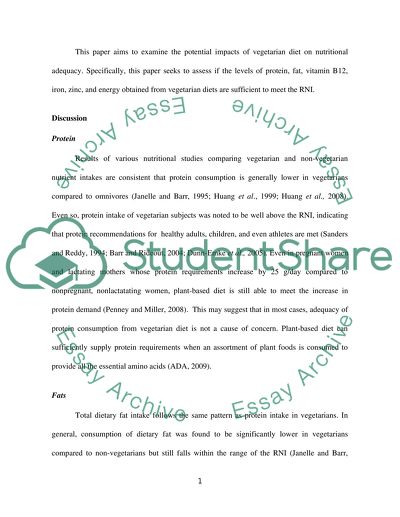Cite this document
(“Potential impacts of vegetarian diet on nutritional adequacy Essay”, n.d.)
Retrieved from https://studentshare.org/health-sciences-medicine/1418565-potential-impacts-of-vegetarian-diet-on-nutritional-adequacy
Retrieved from https://studentshare.org/health-sciences-medicine/1418565-potential-impacts-of-vegetarian-diet-on-nutritional-adequacy
(Potential Impacts of Vegetarian Diet on Nutritional Adequacy Essay)
https://studentshare.org/health-sciences-medicine/1418565-potential-impacts-of-vegetarian-diet-on-nutritional-adequacy.
https://studentshare.org/health-sciences-medicine/1418565-potential-impacts-of-vegetarian-diet-on-nutritional-adequacy.
“Potential Impacts of Vegetarian Diet on Nutritional Adequacy Essay”, n.d. https://studentshare.org/health-sciences-medicine/1418565-potential-impacts-of-vegetarian-diet-on-nutritional-adequacy.


